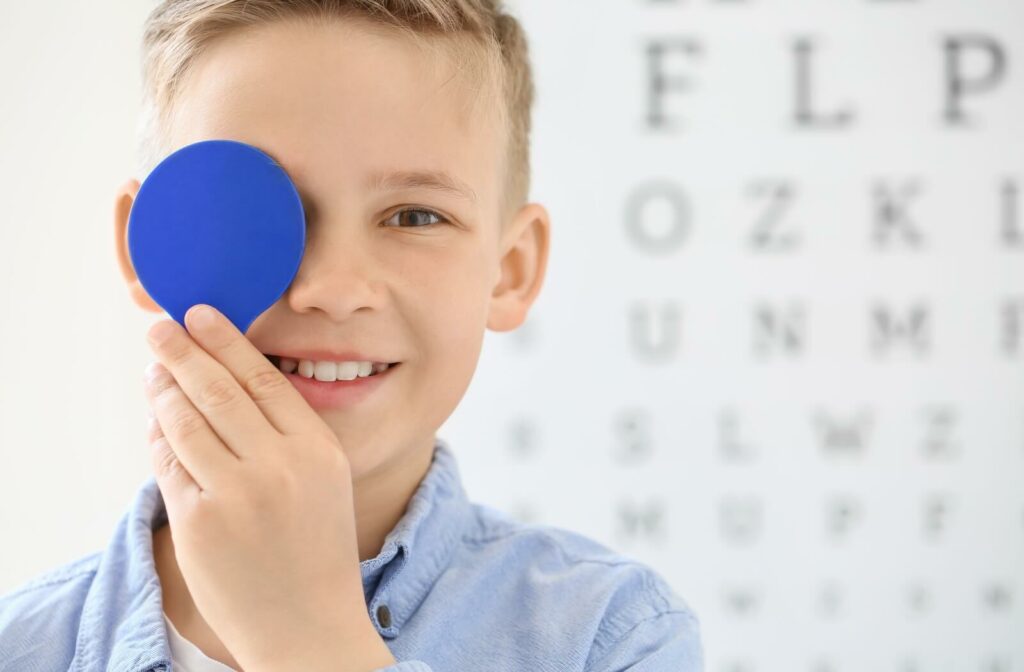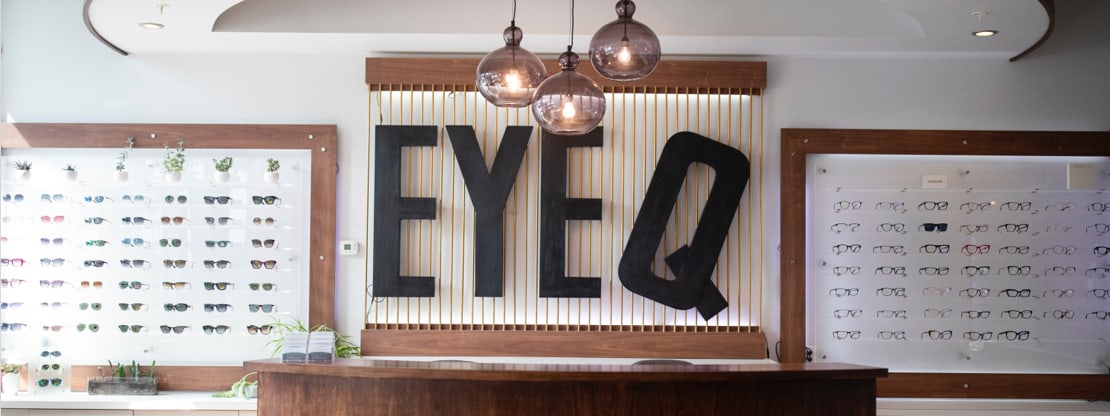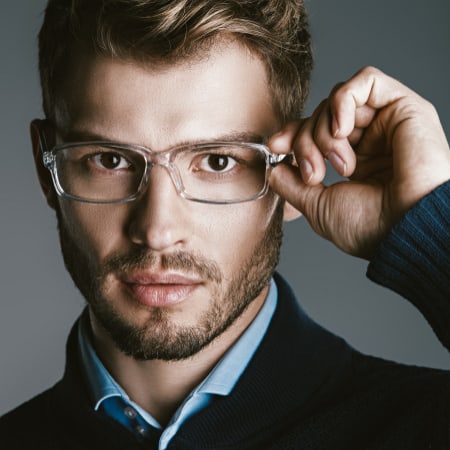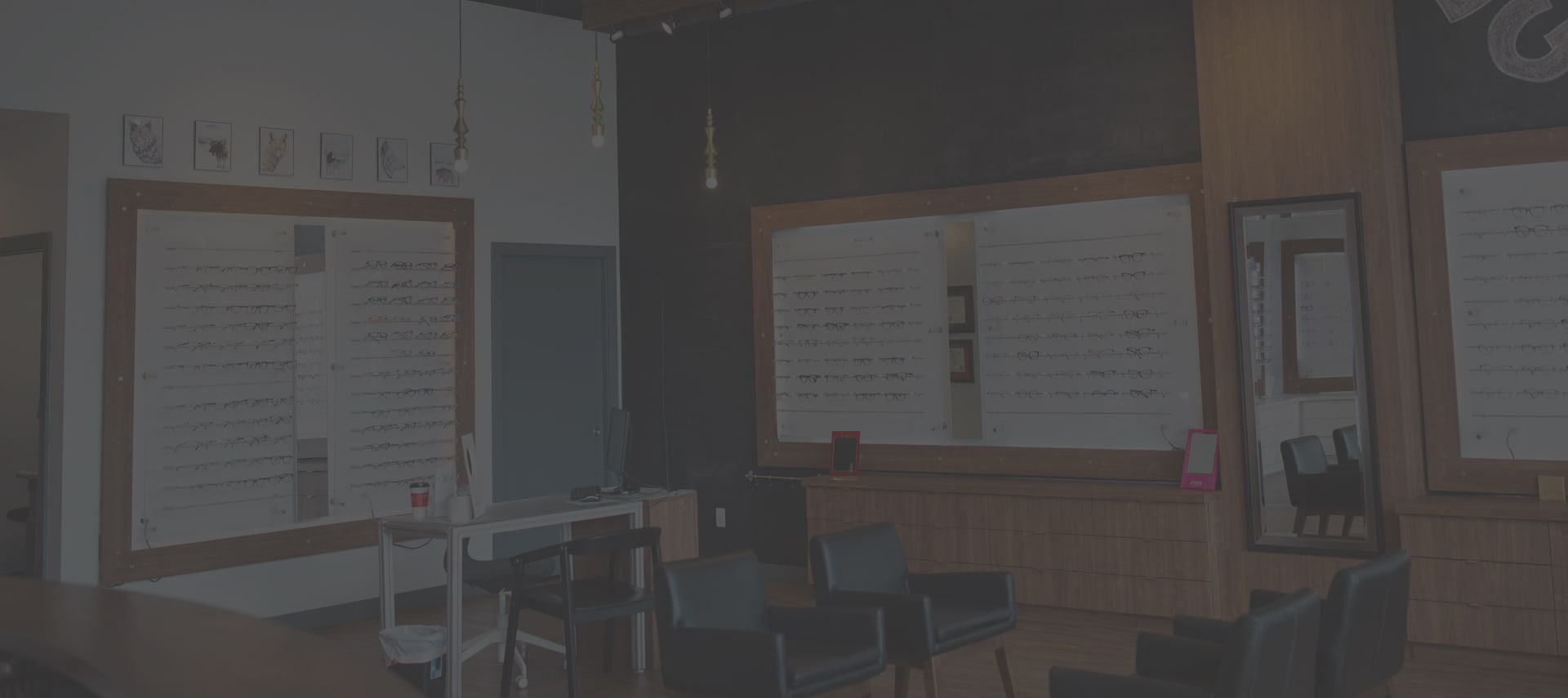Myopia, also known as nearsightedness, is a common vision issue in children and teens around the world—and it’s becoming more prevalent. If your child struggles to see things clearly in the distance but has no trouble reading or seeing up close, they may be dealing with myopia.
While many parents wonder if myopia can be reversed, the reality is that it can’t be “cured.” However, there are effective ways to correct blurry vision and slow the progression of the condition—especially when it’s caught early. With the right tools and expert care, children with myopia can enjoy clear, comfortable vision and better long-term eye health.
What Is Myopia?
Myopia happens when the shape of the eye causes light to focus in front of the retina rather than directly on it. This typically occurs when the eyeball is too long or the cornea (the clear front surface of the eye) is too curved. The result? Distant objects appear blurry, while close-up vision remains sharp.
Myopia usually develops in childhood, often between the ages of 6 and 14. It may continue to worsen until around age 20. Genetics play a role, but lifestyle and environment also contribute to its development.
Can Myopia Be Reversed?
In short: myopia cannot be reversed. Once the eye elongates, it cannot return to its original shape. However, this doesn’t mean your child has to struggle with poor vision.
There are several ways to correct the blurry distance vision caused by myopia, including:
- Prescription glasses – The most common and easy-to-manage option for children.
- Contact lenses – Ideal for older kids and teens looking for more freedom in their daily activities.
For children, the main goal of myopia control goes beyond just correcting vision—it’s also about slowing the progression of the condition. Myopia that worsens over time can increase the risk of serious eye problems later in life, such as retinal detachment or glaucoma. That’s why proactive myopia management is so important.
Common options to manage progression include:
- Low-dose atropine eye drops
- Myopia control contact lenses
- Myopia control eyeglasses
We’ll talk more about these treatments below.
Understanding Myopia Progression
Causes of Myopia
While genetics are a strong influence—children with one or both nearsighted parents are more likely to develop the condition—other factors also play a role in myopia development and progression.
Environmental contributors include:
- Too much time indoors: Children who don’t get enough natural light are at greater risk.
- Excessive near work: Hours spent reading, using digital devices, or doing homework at close distances can contribute to the eye elongating.
- Limited outdoor play: Natural light and long-distance focusing are protective factors for growing eyes.
Signs of Myopia in Children
Common Signs Parents Should Watch For
Myopia often develops gradually, and kids may not realize their vision is impaired. That’s why it’s important for parents to keep an eye out for early symptoms such as:
- Squinting to see distant objects, like the classroom board or television
- Sitting too close to screens or holding books very near the face
- Complaints of blurry vision or headaches, especially after school
- Frequent eye rubbing or blinking
- Academic challenges related to seeing clearly at school
If you notice any of these behaviours, it’s a good idea to schedule a comprehensive eye exam—ideally before the start of each school year. Regular eye exams are one of the best tools for catching and managing vision issues early.
How to Reduce the Risk of Myopia in Children
While genetics can’t be changed, daily habits and routines can support healthier vision. Here are three key lifestyle changes that may help reduce your child’s risk of developing or worsening myopia:
More Outdoor Time
Encourage at least 1–2 hours of outdoor play each day. Exposure to natural light and opportunities to look at far-away objects helps support healthy eye development.
Limit Near Work
- Set limits on screen time (phones, tablets, video games, etc.)
- Promote the 20-20-20 rule: Every 20 minutes, your child should look at something 20 feet away for at least 20 seconds
- Ensure good posture and lighting during homework and reading time
Proper Nutrition
Certain nutrients support overall eye health, including:
- Vitamin D
- Omega-3 fatty acids
- Lutein and zeaxanthin (found in leafy greens like spinach and kale)
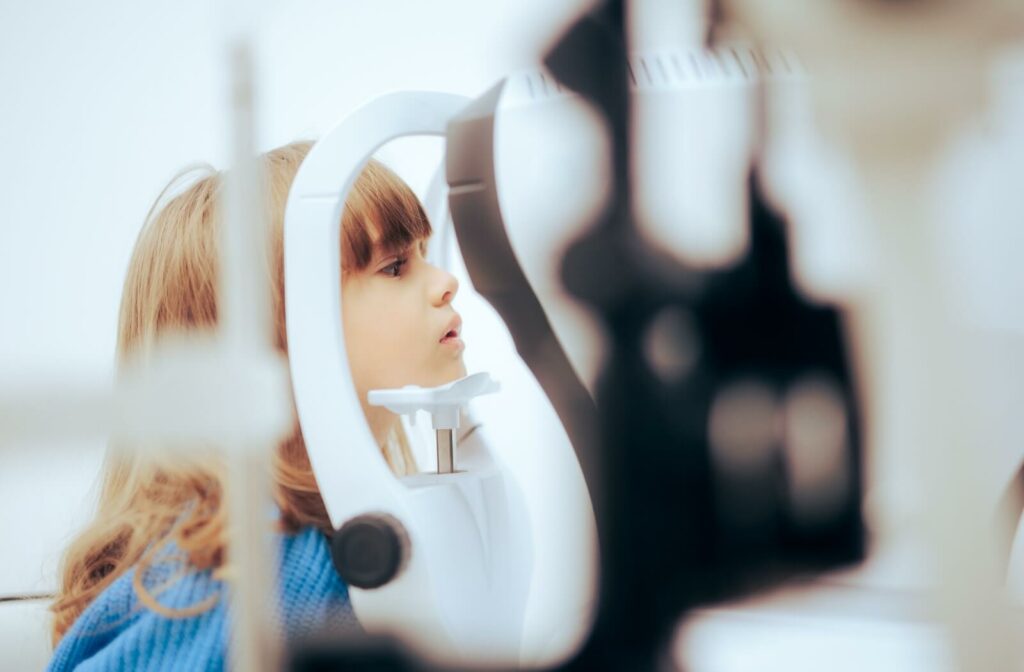
Effective Myopia Control Options
In addition to lifestyle changes, we often recommend corrective options to help your child see clearly:
- Prescription Glasses: Glasses are a simple and effective way to correct nearsightedness. Anti-reflective coatings can help reduce eye strain from screens and artificial lighting.
- Contact Lenses: Great for older kids or teens who are active or prefer a glasses-free look. Daily disposable options make hygiene and comfort easy to manage.
Slowing Myopia Progression in Children
Some treatments are specifically designed to slow the progression of myopia in growing eyes:
- Atropine Eye Drops: Used in low doses, these drops can help slow down eye elongation. They’re generally well-tolerated and used under the supervision of an optometrist.
- Myopia Control Lenses: These specially designed lenses—available in both contact and eyeglass formats—help redirect light in the eye to reduce the signals that trigger eye growth. Examples include MiSight® daily contact lenses, NaturalVue® lenses, and myopia control glasses.
The Importance of Regular Eye Exams
Early detection is the key to successful myopia management. Scheduling regular eye exams ensures:
- Accurate and up-to-date prescriptions
- Monitoring for signs of worsening myopia
- Timely adjustments to your child’s treatment plan
We can also provide advice on the best myopia control strategies tailored to your child’s unique needs and lifestyle.
Myopia Control at Eye Q Optometry
At Eye Q Optometry in Calgary, we offer personalized, evidence-based care to help manage your child’s myopia. From comprehensive eye exams to myopia control solutions, we’re here to protect your child’s vision—today and into the future.
Schedule an appointment with us to learn more about how we can support your child’s eye health and visual development.

